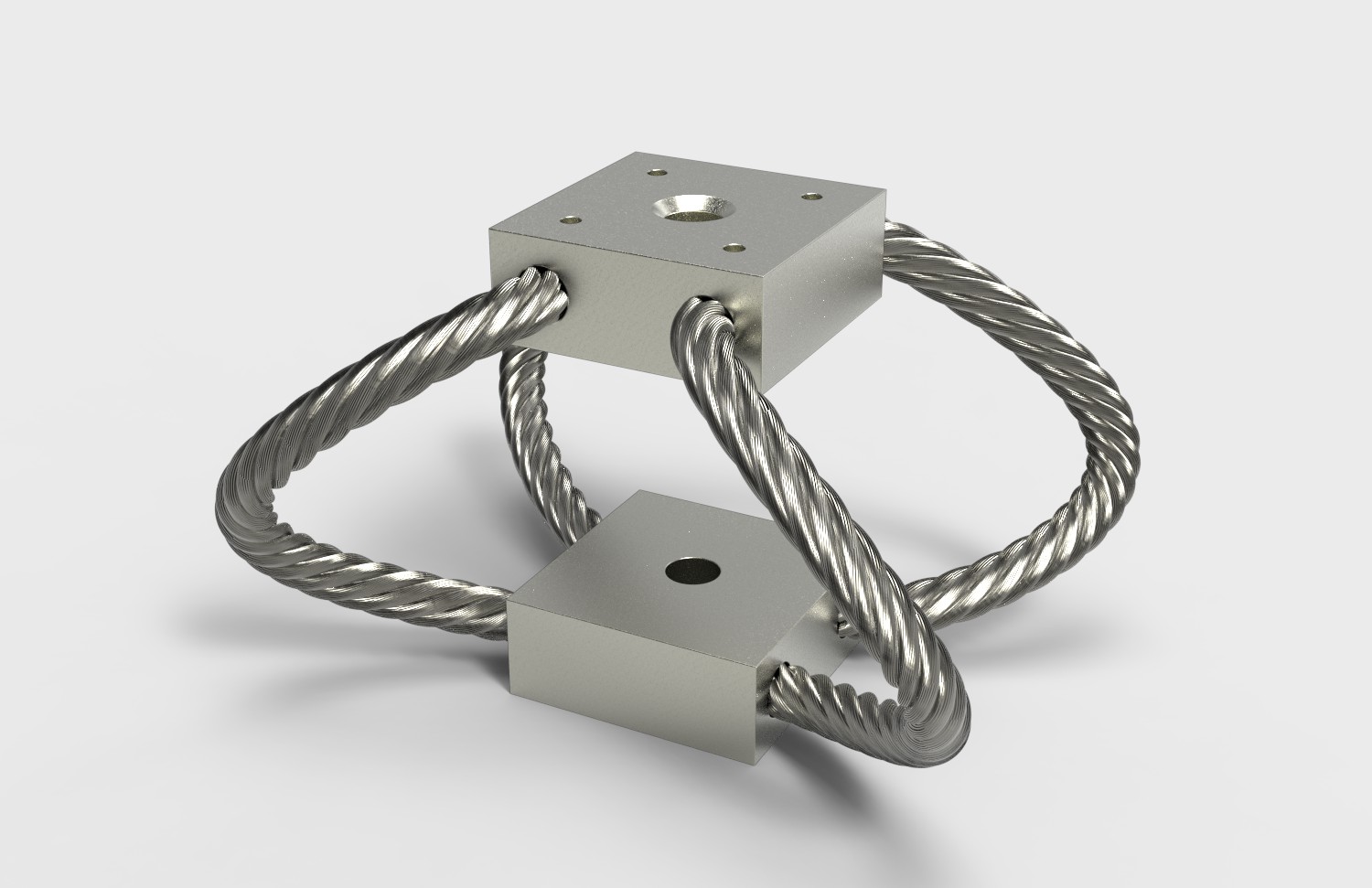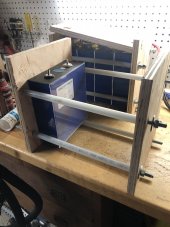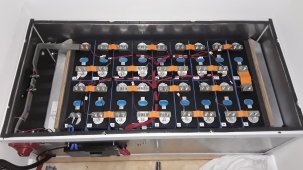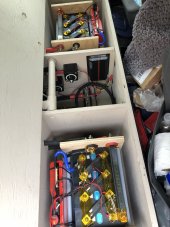Cheap 4-life
My body is 2.63 trillion volts, .07v per cell
My cells have the welded studs. I couldn’t see how the terminal could rotate in the case. At 85inlbs the serrated nut is thoroughly grabbing onto the busbar but the busbar still spins on the terminal bed by hand if I tried hard enough to spin it. The busbar flexes in the middle when I do this. Makes me think it’s certainly not to tight..
I rechecked my torque and still 85inlbs.. don’t know what the torque spec should be because the cell spec sheet I was emailed was for the cells without the welded studs. And for those I think it was 35inlbs so they don’t strip out
I rechecked my torque and still 85inlbs.. don’t know what the torque spec should be because the cell spec sheet I was emailed was for the cells without the welded studs. And for those I think it was 35inlbs so they don’t strip out






